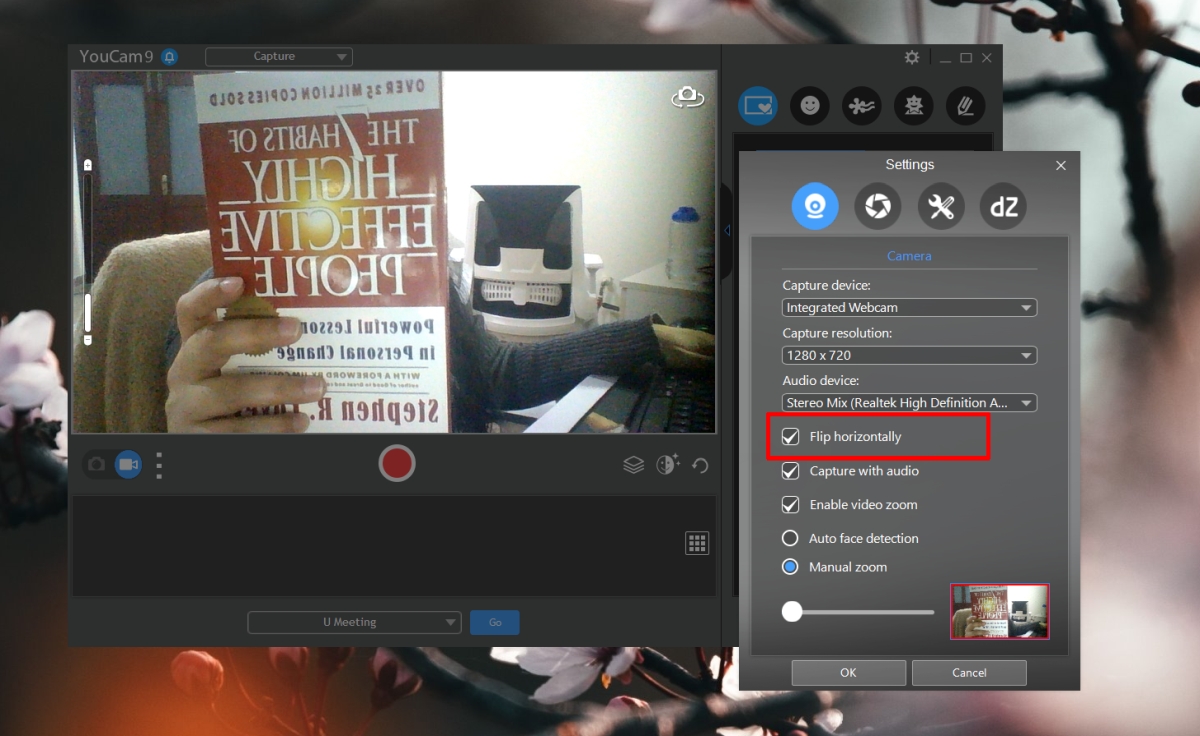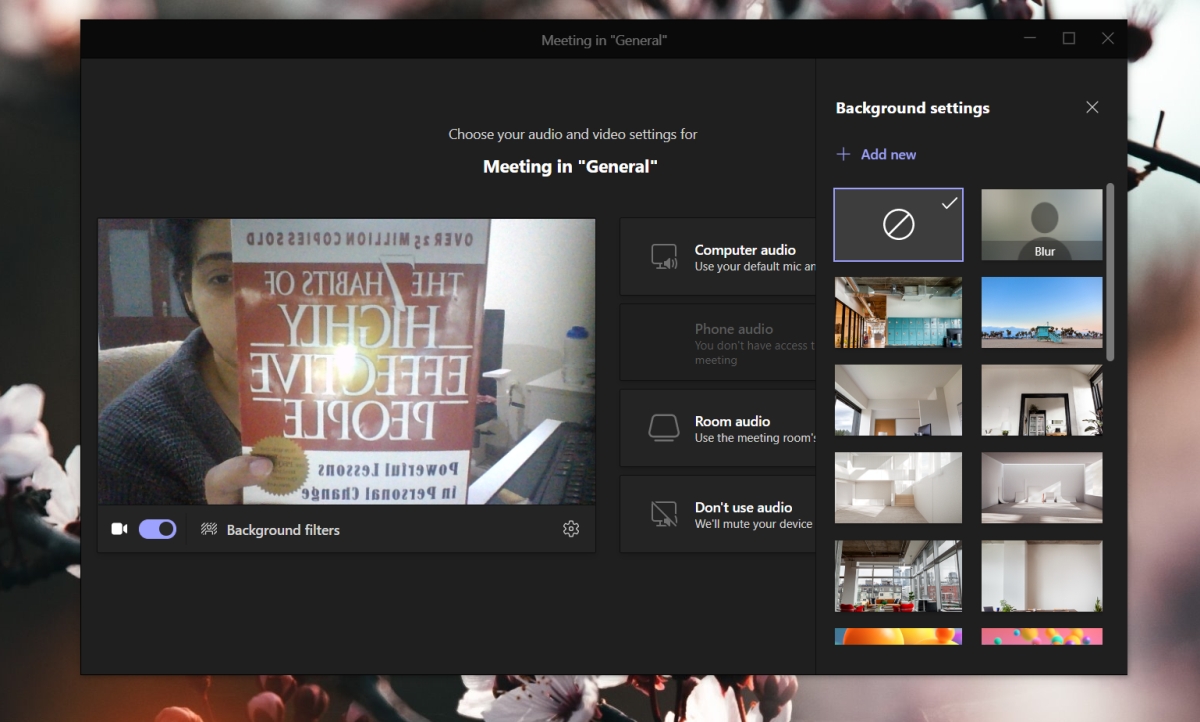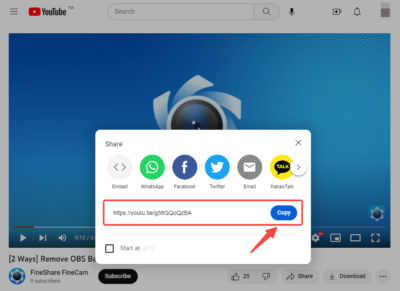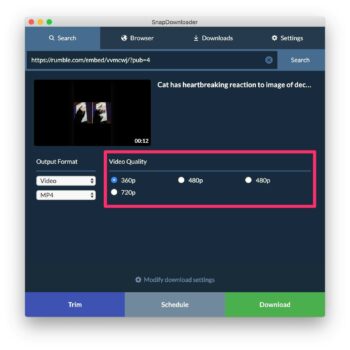Introduction
Welcome to our guide on the Teams Flip feature for Microsoft Teams! In today's digital age, remote communication has become more prevalent than ever before. Whether you're attending virtual meetings, hosting webinars, or catching up with friends and family, video conferencing platforms like Microsoft Teams have become essential tools for staying connected.
One of the standout features of Microsoft Teams is the ability to flip your camera during a video call. This feature, known as Teams Flip, allows users to reverse the orientation of their camera feed, providing more flexibility and control over how they appear on screen.
In this blog post, we'll delve into the details of the Teams Flip feature, exploring its functionality, benefits, and how to use it effectively. Whether you're a seasoned Teams user or just getting started, this guide will help you make the most out of your video conferencing experience.
Also Read This: Product Manager Path: Becoming a Product Manager at Microsoft
Understanding the Flip Feature

Before diving into how to use the Teams Flip feature, it's important to understand what it actually does and why it can be useful. Essentially, the Flip feature allows you to mirror or flip the video feed from your camera during a Teams call. Instead of showing your video feed exactly as it appears to you, Teams can flip the image horizontally so that it appears as a mirror image to others.
This feature is particularly handy in scenarios where you need to display text or objects with writing, such as presentations, whiteboard sessions, or when showing documents to your audience. By flipping the camera, text and writing will appear correctly oriented to viewers on the other end of the call, eliminating any confusion that may arise from reversed text.
Moreover, the Flip feature can be beneficial for personal grooming or adjusting your appearance on camera. When you flip the camera, your video feed reflects how others see you, allowing you to make real-time adjustments to your posture, hair, or any other visual elements.
It's important to note that the Flip feature does not affect the orientation of your camera in your local view. In other words, when you flip the camera, your video feed remains unchanged on your screen, but it appears mirrored to other participants in the call.
Let's summarize the key points of understanding the Flip feature:
- Mirror or Flip: The Flip feature mirrors or flips your camera feed horizontally during a Teams call.
- Text and Object Orientation: Flipping the camera ensures that text and objects with writing appear correctly oriented to viewers.
- Personal Grooming: Users can adjust their appearance more effectively by flipping the camera to reflect how others see them.
- Local View vs. External View: The Flip feature only affects how your camera feed appears to others and does not change your local view.
Now that we have a clear understanding of what the Flip feature does, let's explore how to use it in Microsoft Teams.
Also Read This: Increasing Discoverability on Shutterstock: Tips for Maximizing Exposure
How to Flip the Camera
Flipping the camera in Microsoft Teams is a straightforward process that can be done with just a few clicks. Follow these simple steps to flip your camera during a Teams call:
- Start or Join a Call: Begin by starting a new call or joining an existing one in Microsoft Teams. You can do this by selecting the desired contact or channel and clicking on the "Video Call" button.
- Access More Options: Once you're in the call, locate the "More options" button, represented by three horizontal dots, usually located at the bottom right corner of the screen. Click on it to reveal additional settings.
- Go to Device Settings: From the dropdown menu, select "Show device settings." This will open a new window where you can adjust various audio and video settings for your call.
- Toggle Camera Settings: In the device settings window, locate the section for camera settings. Here, you'll find options to adjust camera brightness, contrast, and other settings. Look for the option labeled "Flip my video." This option may also be labeled as "Mirror my video" or similar.
- Enable Flip Feature: Check the box next to the "Flip my video" option to activate the Flip feature. Once enabled, your camera feed will be flipped horizontally, and any text or objects with writing will appear correctly oriented to other participants in the call.
- Save Changes: After enabling the Flip feature, click on the "Apply" or "Save" button to confirm your changes and close the settings window. Your camera feed will now be flipped for the duration of the call.
It's important to note that the Flip feature may not be available on all devices or versions of Microsoft Teams. If you don't see the option to flip your camera in the device settings, it's possible that your device or software version does not support this feature.
Now that you know how to flip the camera in Microsoft Teams, let's explore some of the benefits of using this feature in your video calls.
Also Read This: Company-Free Commerce: Buying from Alibaba Without a Company
Benefits of Using the Flip Feature
The Flip feature in Microsoft Teams offers several benefits that enhance your video conferencing experience and improve communication during calls. Let's explore some of the key advantages:
- Enhanced Clarity: By flipping your camera feed, text and objects with writing appear correctly oriented to other participants, improving clarity and comprehension during presentations and discussions.
- Professional Presentation: Flipping the camera allows you to present yourself and your content in a more professional manner, reducing distractions and ensuring a polished appearance to your audience.
- Improved Collaboration: When sharing documents or whiteboard content, flipping the camera ensures that all participants can easily read text and annotations, fostering better collaboration and understanding.
- Personal Grooming: The Flip feature enables you to adjust your appearance more effectively by showing your video feed as others see it. This allows for real-time adjustments to posture, hair, and other visual elements.
- Accessibility: For users with dyslexia or visual impairments, the Flip feature can make text and content easier to read and understand, promoting inclusivity and accessibility in video communications.
In addition to these benefits, the Flip feature offers practical advantages for various professional and personal scenarios. Whether you're delivering a presentation to clients, collaborating with remote team members, or catching up with friends and family, flipping the camera can enhance the quality and effectiveness of your video calls.
It's worth noting that while the Flip feature is primarily used to mirror or flip the camera horizontally, some video conferencing platforms may offer additional flip options, such as vertical flipping or rotation. These options provide even more flexibility and customization to meet your specific needs during calls.
Now that we've explored the benefits of using the Flip feature, let's address some common issues and troubleshooting tips to ensure a seamless video conferencing experience.
Also Read This: Design Dollars: How to Sell Cricut Designs on Etsy
Troubleshooting Common Issues
While the Flip feature in Microsoft Teams is generally reliable, you may encounter some common issues that can affect its functionality. Here are some troubleshooting tips to address these issues:
- Missing Flip Option: If you don't see the option to flip your camera in the device settings, ensure that you're using a compatible device and software version. Some older devices or outdated software may not support the Flip feature.
- Hardware Compatibility: Check if your webcam supports the Flip feature. Not all webcams offer this functionality, so you may need to upgrade to a compatible webcam if you wish to use the Flip feature.
- Software Updates: Make sure that Microsoft Teams is up to date with the latest software updates. Developers often release patches and fixes that address bugs and improve the performance of features like Flip.
- Device Permissions: Check if Teams has permission to access your camera and microphone. In your device settings or privacy settings, ensure that Teams is allowed to use these devices for video calls.
- Restart Application: Sometimes, simply restarting the Teams application can resolve minor glitches or issues with the Flip feature. Close Teams completely and reopen it to see if the problem persists.
If you've tried these troubleshooting steps and are still experiencing issues with the Flip feature, you may need to seek further assistance from Microsoft support or your IT administrator. They can provide additional guidance and troubleshooting tailored to your specific setup and configuration.
By addressing common issues promptly and effectively, you can ensure a smoother video conferencing experience and make the most out of the Flip feature in Microsoft Teams.
Now that we've covered troubleshooting tips, let's address some frequently asked questions about the Flip feature to provide further clarity and assistance.
Also Read This: Word Wrangling: Identifying Ungrammatical Words in Microsoft Word
FAQ
Here are some frequently asked questions about the Flip feature in Microsoft Teams:
-
What is the Flip feature in Microsoft Teams?
The Flip feature in Microsoft Teams allows users to mirror or flip their camera feed horizontally during video calls. This feature is particularly useful for presentations, whiteboard sessions, and adjusting personal appearance on camera.
-
How do I access the Flip feature in Teams?
To access the Flip feature in Microsoft Teams, start or join a call and navigate to the device settings. Look for the option labeled "Flip my video" or similar, and enable it to flip your camera feed horizontally.
-
Can I use the Flip feature on any device?
The availability of the Flip feature may vary depending on your device and software version. Not all devices and webcams support this feature, so it's essential to check compatibility before attempting to use it.
-
Is the Flip feature reversible?
Yes, the Flip feature in Microsoft Teams is reversible. You can enable or disable it at any time during a call by adjusting the camera settings in the device settings menu.
-
Does flipping the camera affect my local view?
No, flipping the camera only affects how your camera feed appears to other participants in the call. Your local view remains unchanged, allowing you to see yourself as usual.
These FAQs cover some of the common queries related to the Flip feature in Microsoft Teams. If you have any additional questions or concerns, feel free to reach out to Microsoft support for further assistance.
Conclusion
In conclusion, the Teams Flip feature in Microsoft Teams offers users a valuable tool for enhancing their video conferencing experience. By allowing users to mirror or flip their camera feed horizontally during calls, the Flip feature provides numerous benefits, including improved clarity, professional presentation, and enhanced collaboration.
Throughout this guide, we've explored how the Flip feature works, how to use it effectively, and the benefits it offers in various scenarios. From presenting documents to adjusting personal appearance on camera, the Flip feature empowers users to communicate more effectively and engage with their audience with greater confidence.
While the Flip feature is generally easy to use, it's essential to address common issues and troubleshooting tips to ensure a seamless video conferencing experience. By following the steps outlined in this guide, users can overcome potential challenges and make the most out of the Flip feature in Microsoft Teams.
Whether you're a professional conducting business meetings, an educator delivering online classes, or an individual connecting with loved ones, the Flip feature adds versatility and convenience to your video calls. With its ability to mirror or flip the camera feed, Microsoft Teams users can communicate more effectively and make a lasting impression on their audience.
Thank you for reading our guide on the Teams Flip feature. We hope you found it informative and valuable for your video conferencing needs. If you have any further questions or feedback, please don't hesitate to reach out to us.














